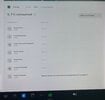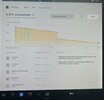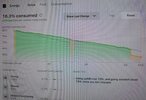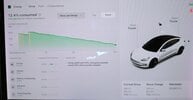I am the recently new owner of a 4 year old M3P and have noticed a very consistent battery drain issue. I've been reading threads on here for weeks and still can't figure this one out.
Every Wednesday, my battery 'loses' 4% while parked (not plugged in) at my work.
I downloaded teslafi to see if it gave me any more insight and all I can see is that I lose 4% while parked and the vehicle is sleeping.
Sentry mode is disabled and I don't have the self summon.
I raised a service ticket with Tesla and they said there is nothing abnormal in the log and it must just be the battery (bms) recalculating the actual available charge.
Bur every Wednesday (3 in a row) and always 4%. This surely can't be right.
Does anyone else have similar experience and importantly, has anyone found a fix (or at least the cause)?
Appreciate any help you can give.
Every Wednesday, my battery 'loses' 4% while parked (not plugged in) at my work.
I downloaded teslafi to see if it gave me any more insight and all I can see is that I lose 4% while parked and the vehicle is sleeping.
Sentry mode is disabled and I don't have the self summon.
I raised a service ticket with Tesla and they said there is nothing abnormal in the log and it must just be the battery (bms) recalculating the actual available charge.
Bur every Wednesday (3 in a row) and always 4%. This surely can't be right.
Does anyone else have similar experience and importantly, has anyone found a fix (or at least the cause)?
Appreciate any help you can give.






